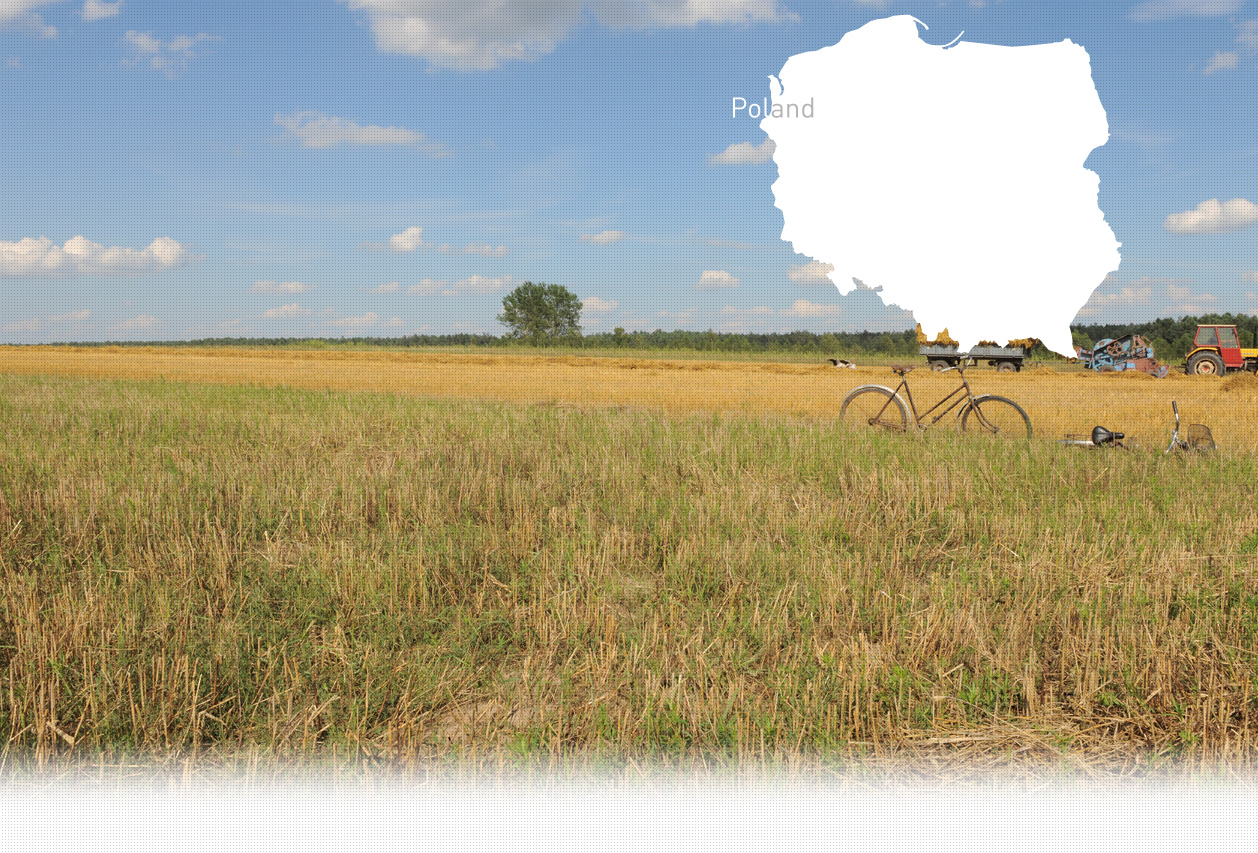

1 Killing site(s)
Adam R., born in 1926, recalls: « Shortly after the German’ arrival they started to persecute the Jews. They rounded up all the elderly and ill Jews and took them to the cemetery to be shot. The Jews were marched in groups of fifteen people escorted by two Germans. There wasn’t a unique execution. I saw several executions carried out there by the Gestapo. I could see everything from about 40m. Once on the site, the Jews were forced to line up at the edge of the pit and the shooters fired at their backs. Before the execution, the Jews had to undress.” (Eyewitness n°377, interviewed in Lesko, on June 29th 2014)
“Back then there were about 2,000 Jews lived in Lesko. There was a Judenrat headed by Dr. Leon Teich. He was shot in August or September 1942 along with his family by the Gestapo members […] I was a witness to two crimes committed by the Gestapo from Sanok in Lesko. About fifty people were shot during each crime. I was arrested during the crime conducted in August 1942. I was ordered to register other people who were arrested at the same time as me. There were about 40-50 people. These people were taken on the same day to the Jewish cemetery where they were shot dead. I didn’t see the execution but I saw that they were taken in the direction of the cemetery. I heard gunshots coming from that direction afterwards. I was released with the help of the Judenrat head, Dr. Teich[…].” [Deposition of a Jewish survivor, Rena Dworecka, given on January 15th, 1968 in Bet-Dagan; B162-6346 p.57]
Date and place of execution: May – June 1943, Lesko;
Type of execution (shooting, hanging or other): shooting;
Personal data of the executed victims (Polish, Jews, other nationalities): Around 150 Jews from the city of Lesko and its neighbordhood were shot by Gestapo and gendarmerie
Victims’ bodies were buried in the pit on the Jewish cemetery and in Krasickiego park; [Court inquiries about executions and mass graves in districts, provinces, camps and ghettos; [RG-15.019M Reel#10]
Lesko is a town located about 91 kilometers south-east of Rzeszow – the capital of the region, and about 208 kilometers east-southeast of Krakow. The earliest known Jewish community dates back to the 16th century. In 1921, 61% of the total population was Jewish. However, by 1939 the Jewish population decreased and numbered about 30%. Before the outbreak of the war they were mostly traders and artisans. They owned 80% of the shops in town; including vinery, printing house and teahouse. There was a Jewish school in town as well as two synagogues and a Jewish cemetery.
German army was the first one to appear in Lesko and it occupied the town from the 9th until the 27th of September 1939. After that Soviet army took over control which the Jewish population was happy about. A Jew was appointed as the city governor. The situation changed on the 24th of June 1941 when the German army occupied the city for the second time. In the spring 1942 a ghetto was created in Lesko that numbered about 2,750 Jews. By mid-July many Jews from the nearby areas, for instance from Cisna, Wola Michowa, Baligrod and Kalnica were resettled in the ghetto. The ghetto was liquidated on August 14, 1942, and the majority of the Jews were deported to Zaslaw while about 100 Jews, mostly elder and sick, were taken to the Jewish cemetery and shot. Those who managed to hide were executed at the Jewish cemetery. Thus, during summer of 1943 the Germans shot about 70 Jews who were hiding in their basements or at the attic. Those Jews deported to Zaslaw were either shot during September 1942 in the Zaslaw camp or deported to the Belzec camp where they were murdered.
Do you have additional information regarding a village that you would like to share with Yahad ?
Please contact us at contact@yahadinunum.org
or by calling Yahad – In Unum at +33 (0) 1 53 20 13 17